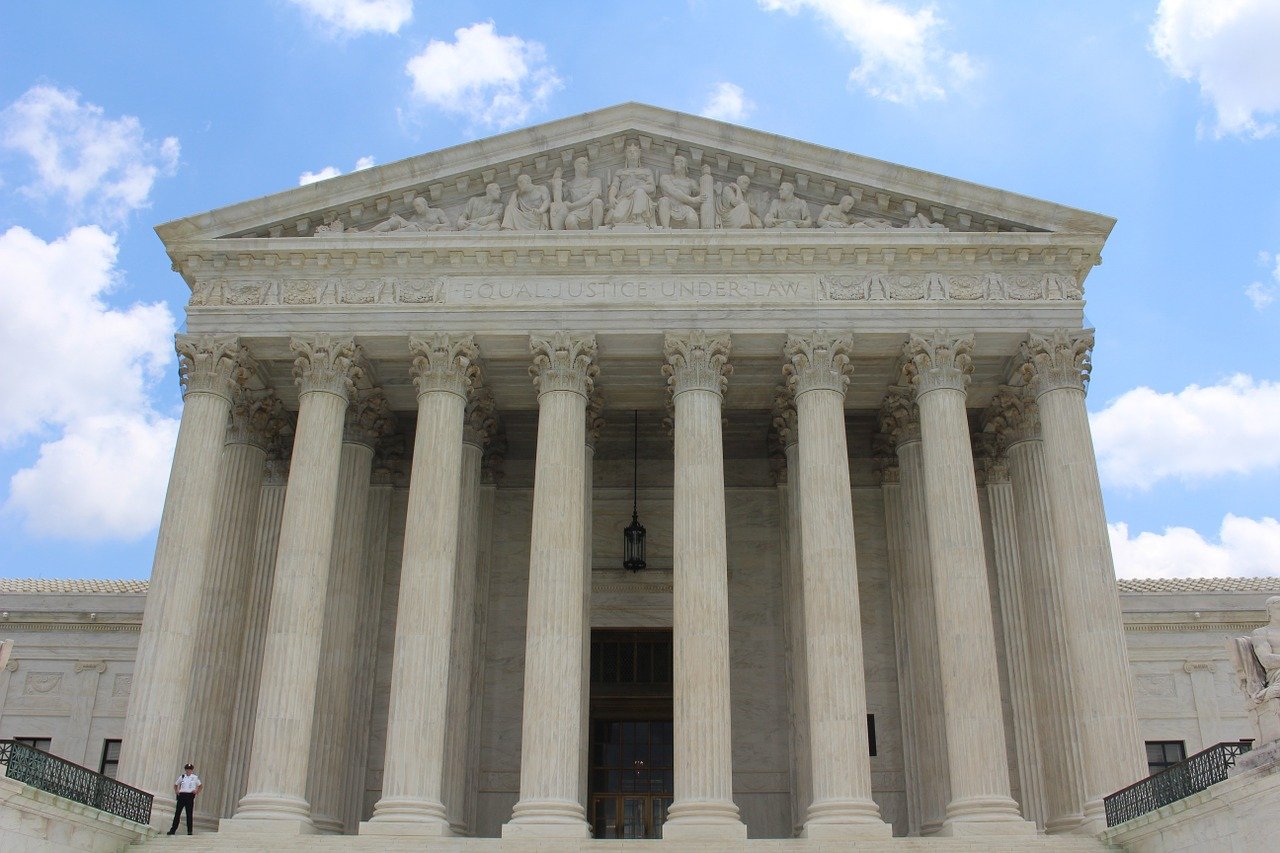US Chief Justice John Roberts praised the heroic efforts of information technology staff in federal courts across the country for keeping those courts functioning during the COVID-19 pandemic in his annual report released Thursday, also lauding new partnerships and innovations implemented by judges and staff in various districts to maintain safety for all.
Roberts noted that “the greatest challenge was faced by the first to fight in the judicial family—the trial courts and their staffs” because they deal most directly with people and COVID-19 presented particularly difficult situations with social distancing guidelines. In response, the federal judiciary implemented many procedures that allowed them to continue the important work of the justice system. In order to reduce person to person contact within the trial courts, the Committee on Rules of Practice and Procedure took swift action to implement video and audio conference proceedings. In terms of criminal cases, the courts developed “new partnerships with law enforcement, corrections officers and counsel to ensure that defendants have virtual access to courts and their lawyers.” To prepare for the return of jury trials, spaces in courtrooms have been reconfigured to allow for social distancing. Similarly, courts have installed plexiglass barriers and high efficiency particulate air (HEPA) filters to physically separate participants and minimize virus transmission in the air. Further, judges in Florida, Michigan, Iowa and Minnesota have held both drive-through and outdoor naturalization ceremonies, much like the procedures utilized during the Spanish Flu pandemic of 1918.
Roberts also observed:
For the past ten months, it has been all hands on deck for the courts, as our branch of government confronted the COVID-19 pandemic. Hearings of all sorts went virtual. Judges quickly (or at least eventually) learned to use a wide range of available audio and video conferencing tools. But this effort required more than just new technology. Judges needed to adopt innovative approaches to conduct court proceedings. Judges worked with court staff to admit participants to virtual hearings, manage the orderly flow of work, and ensure that public access did not endanger public health. They needed to consider new approaches to filing documents and maintaining information security. Much of this work is not glamorous, but it is essential, and it got done.
Overall, the workload of all federal courts has diminished as a result of the COVID-19 pandemic.


